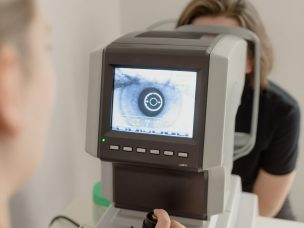Adaptive devices, including telescopic lenses, white canes, and guide dogs, have proven beneficial to those with chronic eye disease. The use of such adaptive devices can benefit those with age-related macular degeneration, diabetic retinopathy, glaucoma, and cataracts.
Researchers sought to determine if and how many patients were utilizing these adaptive devices. They also sought to determine what is preventing access for those who do not use these devices.
Data were analyzed from The National Health Interview Survey, including 2,875 patients from 2008 and 6,233 patients from 2016. Patients were questioned as to whether they used adaptive devices. Variables included the severity of visual impairment, sociodemographic characteristics, and access to eye care services.
Data from 2008 revealed that 6.1% of patients with limited vision reported using adaptive devices. By 2016, this number dropped to only 4.2% of patients. Among patients with multiple vision impairments, 31.4% (in 2008), and 24.0% (in 2016), reported using adaptive devices. Previous research had determined these adaptive devices would be beneficial to those with multiple age-related eye diseases.
A patient’s likelihood of using these adaptive devices increased with the number of visual limitations, family income, and availability of eye care services. These findings suggest that there are socioeconomic and geographic barriers preventing patients from accessing adaptive devices that would likely improve their quality of life.
Medical professionals should educate and provide resources to their patients in the area of appropriate adaptive devices. A call to action is made for better public health strategies to be developed to increase patient access to beneficial adaptive devices [1].
Source:
[1] Gibson, D. M. (2018). Use of and disparities in access to adaptive devices among U.S. adults with age-related eye diseases. Preventive Medicine Reports, 12, 233–240. https://doi.org/10.1016/j.pmedr.2018.10.005










